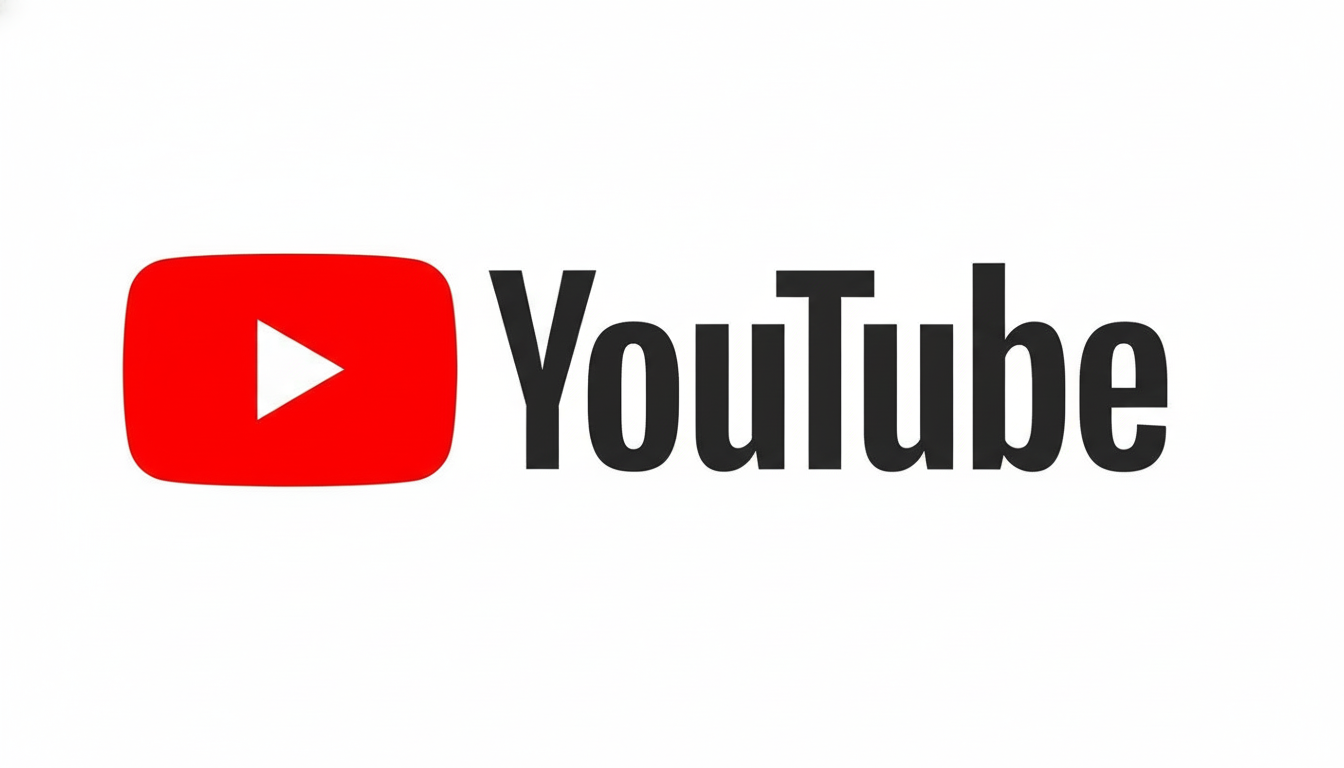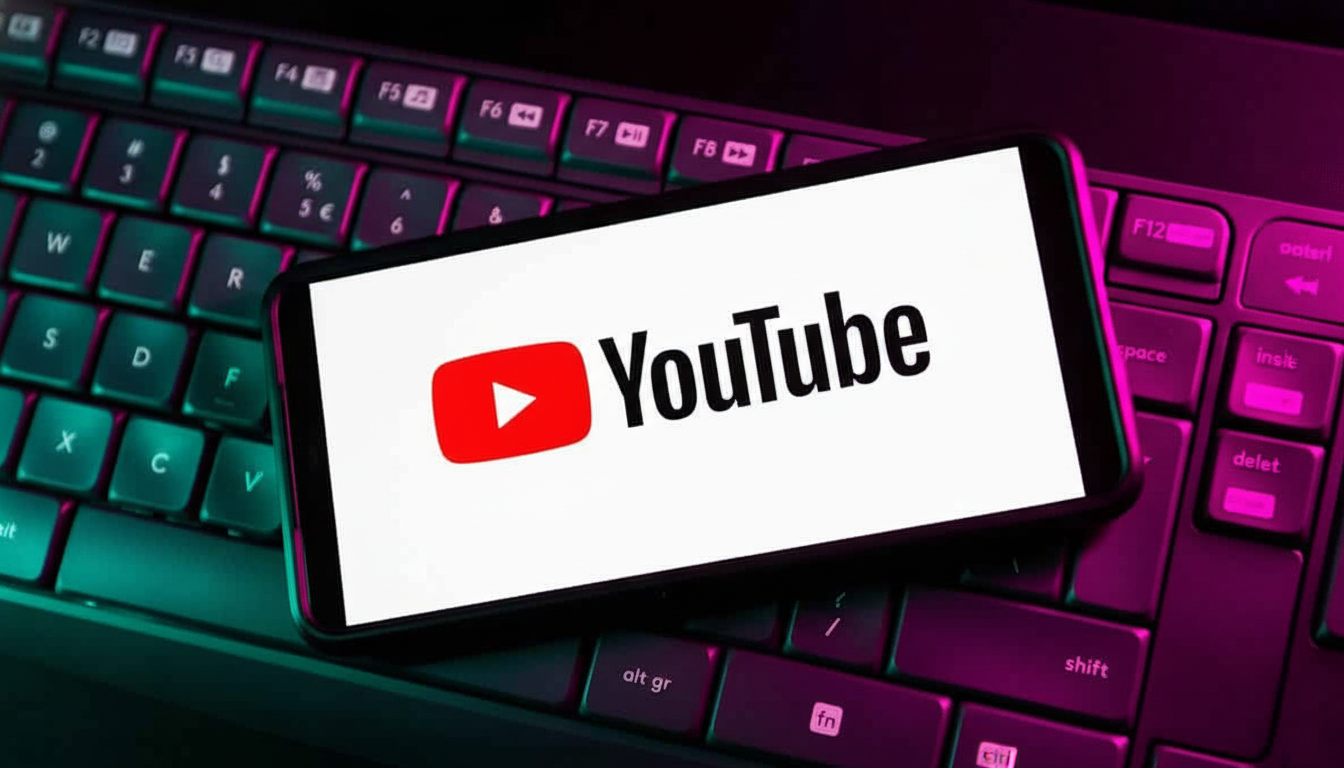YouTube is introducing an AI-driven tool for creators that could point them to videos that violate the platform’s policies or are permitted to remain on YouTube, but were not identified by its mechanisms for finding and removing harmful content.
It belongs to YouTube Studio, where viewers will find it waiting under Content detection. Creators take part by uploading identity verification like a government ID along with quick scans of their faces, which help the system build a reference model. When videos containing a match make it to the platform, the dashboard shows them — and lets creators claim removal on grounds of copyright or likeness violation, or archive benign instances such as deliberate parody.
- How the new YouTube facial detection tool works at scale
- Why YouTube’s deepfake detection matters right now
- What creators can do with flags and detection alerts
- Privacy, accuracy, and limits of YouTube’s likeness detection
- How this fits into YouTube’s broader policy and safety shift
- Early partners and real-world impact of YouTube’s rollout

How the new YouTube facial detection tool works at scale
It’s Content ID for faces, if you will. Rather than fingerprinting audio or video assets, YouTube’s system creates face embeddings — numerical representations of face images — from a reference scan for each verified creator, and checks uploaded videos against these embeddings. If the model determines there is a high probability of impersonation or a synthetic face swap, it sends an indicator to the creator via their dashboard.
Setup may take several days and so must be requested by a Channel Owner or Manager; Editors can vote on flagged results but cannot sign up a channel.
If something gets past them, creators can ask for a manual privacy review. YouTube says the system is being refined, so not all misuse may be caught upon first pass — a common feature of these kinds of large-scale detection systems that have to walk a careful line between accuracy and false positives.
Why YouTube’s deepfake detection matters right now
The cost of impersonation has collapsed with hyper-realistic video generation. And software like Google’s Veo and OpenAI’s Sora has helped it become easier than ever to synthesize a believable image of a person with realistic lip-sync and lighting. Public figures and creators have already been hit: fraudulent endorsements from known actors, AI-generated charity pleas, and thematically appropriate but sponsored content built to farm clicks or drive scams.
The harm isn’t abstract. Sensity AI’s research has consistently demonstrated that the vast majority of deepfakes discovered online are primarily non-consensual, with women disproportionately targeted. Consumer protection agencies, such as the F.T.C., have issued alerts about AI-powered impersonation scams, and entertainment unions have pressured platforms to rein in unauthorized digital duplicates. Into that landscape, the move by YouTube provides creators with a platform-specific enforcement lever rather than relying only on generic privacy or copyright claims.
What creators can do with flags and detection alerts
When the system surfaces a possible match, creators can preview the offending video and select an action. Removing likeness addresses identity misuse even in the absence of protected footage – filling a gap that traditional copyright enforcement could not. Cases that reuse a creator’s original video, wherein the takedown of copyright is still applicable. What archiving does is give creators permission to be able to overlook harmless alterations that are satirical or a consensual collaboration.
YouTube says the rollout will begin with a small group of channels and extend to YouTube Partner Program channels. (Ben Field contributed to this report.) That staged approach is reminiscent of previous safety launches, in which the company scaled coverage up as models mature and operational workflows stabilize.

Privacy, accuracy, and limits of YouTube’s likeness detection
Identity verification is the tradeoff. Yes, submitting ID and facial scans is arguably an invasion of privacy, but similar checks are being used more and more by platforms to help stop people making money from others’ work under false pretences (see: Instagram stars posing as Pornhub models). Enrollment data is used by YouTube to create the likeness model, that way the tool can differentiate between the actual creator and AI-generated impostors, according to YouTube.
No detection system is perfect. Confidence can be degraded by low-light footage, with heavy filters or partial occlusions. Adversaries also evolve to evade face match thresholds with adversarial noise or morphing. And expect to see incremental updates: New threshold tuning adjusts the balance of flags and false flags, more extensive training on a variety of camera conditions (face masks, for example), and possibly even some combination of voiceprint and movement signatures to catch even savvier spoofs.
How this fits into YouTube’s broader policy and safety shift
The release further adds to YouTube’s current policies on synthetic media, such as disclosure obligations for realistic AI content and channels for privacy complaints. It also fits within broader regulatory currents: the EU’s Digital Services Act-classified large platforms must address systemic risks such as disinformation; and the emerging landscape on (weak) AI governance favours provenance, labeling.
Industry groups are coalescing around technical standards such as content credentials and watermarking, but provenance alone does not offer real protection once a video begins to circulate off-platform. A likeness detector provides creators with an enforcement hook on YouTube itself, which is crucial for speed because synthetic clips often go viral before the counter-narratives do.
Early partners and real-world impact of YouTube’s rollout
YouTube had previously tested the approach with professional talent by working with Creative Artists Agency to assist actors and athletes in removing deepfakes. Rolling this out to creators broadly should pressure bad actors who have preyed on identity gaps to disseminate scams, political propaganda and brand-destroying messages.
Success will depend on two things for creators: detection coverage and takedown speed.
- Detection coverage: reliably surfacing fakes before they accumulate views
- Takedown speed: removing flagged content in a timely manner if challenged
For now, the move is a significant one: a mainstream platform building in identity protection directly into creator workflows. In a year when deepfakes have become simple to produce and harder to escape, a reliable likeness alarm built directly into YouTube Studio could be as crucial for preserving your likeness as Content ID was for protecting music and video rights in the decade past.

